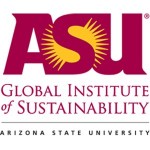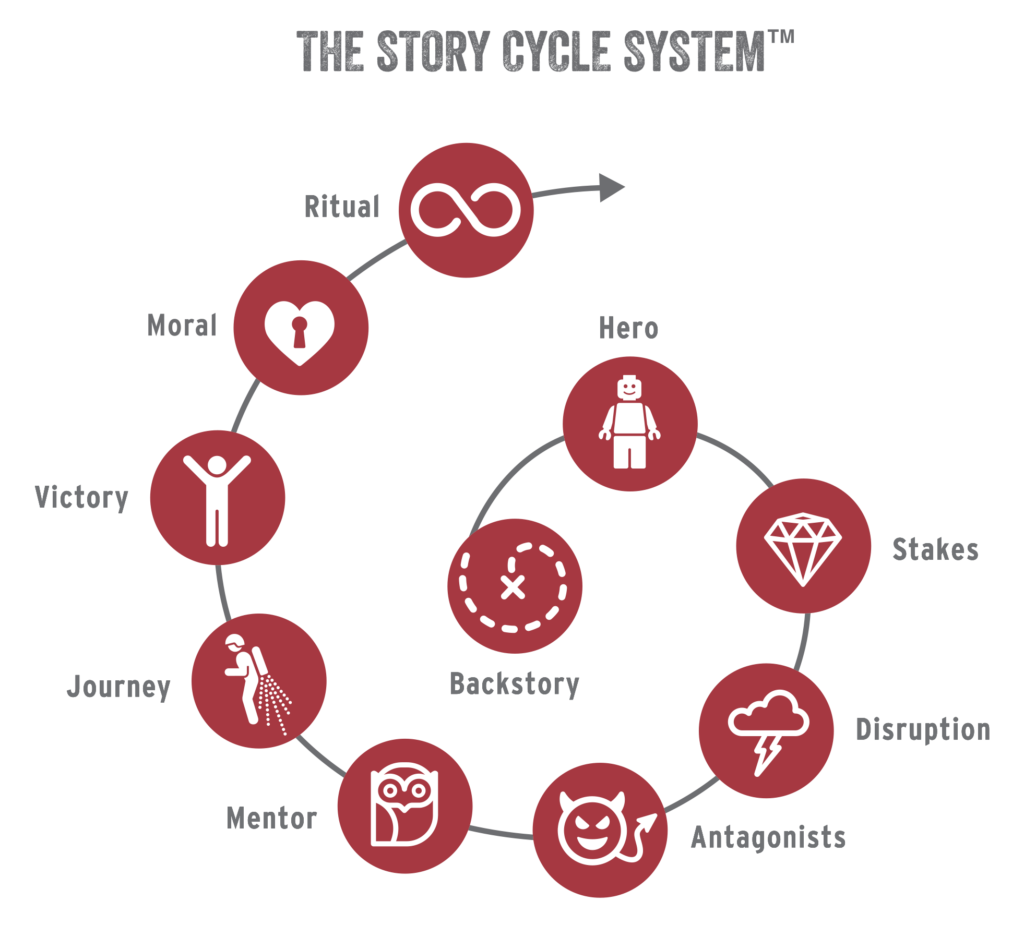The movie I recommended more than most last year was Finding Joe. It was created by the Joseph Campbell Foundation as an inspirational documentary on how we all travel a hero’s journey: providing we have the guts to follow our bliss. Whether we live an epic life, or a snoozer, is strictly up to us.
Campbell, who passed away in 1987, was America’s foremost mythologist who coined the term the hero’s journey. He described a common sequence of events found in stories from the beginning of time. This pattern to story is not only found in the books, movies, musicals and plays we love, but in how we lead our own lives.
Finding Joe – Trailer V.7 from pat solomon on Vimeo.
One of the key elements in Finding Joe is Campbell’s insistence on “Following your bliss.” To me, following your bliss means to courageously pursue what piques your natural curiosity. Unfortunately, going after what you find interesting is sometimes at odds with what society, loved ones, teachers, mentors, and even your inner doubter believes you should pursue. This conflict is at the heart of every great hero’s journey.
 Today marks a significant milepost on my journey. I am part of a team of sustainability professionals and academics that is launching the new Executive Master’s for Sustainability Leadership program at Arizona State University. Fifteen pioneering professionals make up our first student cohort, and they have come to Tempe from around the world to begin this new journey in their careers.
Today marks a significant milepost on my journey. I am part of a team of sustainability professionals and academics that is launching the new Executive Master’s for Sustainability Leadership program at Arizona State University. Fifteen pioneering professionals make up our first student cohort, and they have come to Tempe from around the world to begin this new journey in their careers.
The EMSL program was created by a grant from the Rob and Melani Walton Foundation to help sustainability practitioners advance sustainability in their organizations faster. The 13-month program is an innovative combination of virtual learning coupled with in-person workshops at ASU, as well as an 8-day “field trip” to the Netherlands in June.
The curriculum consists of four courses: sustainability through global context, strategy, leadership and communications. It was an honor to create the communications course with the goal of developing Chief Storyteller Officers out of sustainability executives. Story, as I have found throughout my 30 years in advertising and studying story structure through the work of Campbell, legendary screenwriting coach Robert McKee (you can hear my podcasts with him here), and Blake Snyder, is what naturally links humanity to the missions we want our audiences to undertake.
I will teach our students how to use the Story Cycle, a 10-step process we created that is inspired by the hero’s journey, to help them craft and tell their compelling stories to advance their sustainability initiatives.
This is a journey I began when I was just a kid following my bliss, although I didn’t realize it at the time. I have always been curious about the DNA of creativity: how and why great pieces of art inspire and propel human beings to action and achievement? I studied music composition and theory in college, have explored the powerful storytelling techniques of Hollywood, learned from directors and visual storytellers, and have recently dived into the remarkable phenomenon of the Fibonacci sequence. Some scholars call it the Fingerprint of God found throughout nature, in great works of art, and yes, even in story. Once you are aware of the Fibonacci sequence – much like the story pattern of the hero’s journey – it appears before you everywhere.

The Spiral Narrative Structure Capture in the Story Cycle System™ to Increase Customer Engagement With Every Rotation
I have learned through my studies, and our work at Park&Co, that when you intentionally apply the Story Cycle to your communications, you can nudge the world in any direction you choose.
So today I start a new hero’s journey teaching sustainability executives about how to become compelling storytellers. They, in turn, are beginning their own journeys to become more effective leaders. One of their practices will be to recognize and understand their audiences’ hero’s journeys. Then, and only then, can they craft and tell compelling stories that will resonate and move their people, because the stories they share will be framed with the audience at the center of the journey.
Can you see the fractal nature of story and how all of our journeys are connected in some way? I believe that when you synchronize these stories and the morals that underscore our shared values, that you can literally nudge the world in any direction you choose. In this case, to advanced sustainability for a healthier people, planet and profit, in that order.
What journey are you courageously pursuing in this very new year? And, is it leading to your bliss?












at 10:18 am
Sounds like an interesting program at first glance – do you know if economics will be part of their curriculum, or will it be more of a liberal arts-type program?
at 10:25 am
Great question. Economics is one of the core platforms for the program. Indeed, speaking conceptually, sustainability and economics share a core reality: they are both human-centered concepts, created for people and by people. As a result, we speak to both in an integrated way in the program. For example, in the strategy thread, we use a text written by economist Herman Daley from the World Bank as one of our resources and we apply a political/economy perspective to understand what makes a “good idea” today…and tomorrow. Throughout the strategy and global context threads, we will apply economic thinking from knowing your market/audience to building effective business cases for success. The leadership and communications threads are all about what will actually work in today’s organizations, e.g., you have to speak/lead to business success if you want to be heard. That said, sustainability demands that we ask and answer both “what we actually do today” and “what do we actually want to do today and tomorrow” from a systems perspective that is larger than typically asked in the past—this often impacts what success is seen as. This, in turn, pushes the bounds of economics thinking and absolutely demands new thinking, tools and approaches. But, then that is normal for any conceptual system as we discover new things, be it economics, physics or sustainability. So, short answer: Yes. In the end, the EMSL program is all about how to succeed…sustainably.
at 8:20 am
The old global warmer model was so irresponsible to the extent that money was never an issue because grants from people and companies making profit off the movement were so readily available or politicians who envisioned a captive pool of votes for their re-election would find ways to relieve whatever the cost with tax revenue.
In order for “sustainability” to pass as a long term solution, it must make sense on a number of levels, including economics, and not just a perverted definition of “economics”.
One doesn’t need to look much further than the hysteria around wind farms and the solar craze to see that “sustainability” ideas need to pencil out.
at 8:46 am
Pat, are you familiar with the story of Ray Anderson and his global carpet company, Interface? He was one of the pioneers of sustainability, and his company has certainly made a business case for operating sustainably. Great article on him from the NY Times. http://nyti.ms/1kU7RMo
at 2:23 pm
Now that’s a fantastic example of how a private company, inspired by capitalism can take a marketing angle such as sustainability, and not only put a few bucks in his pocket, but leave Mother Earth better off than she might otherwise be.
World of difference between this example and being forced into certain behaviors by government – don’t you agree?
at 7:49 pm
Pat,
I think what makes Ray Anderson’s life work so inspiring is that he didn’t just ‘take a marketing angle such as sustainability’ to succeed, but he shifted the whole structure and strategy of his company because it made good business sense to achieve social and environmental value while also achieving economic success.